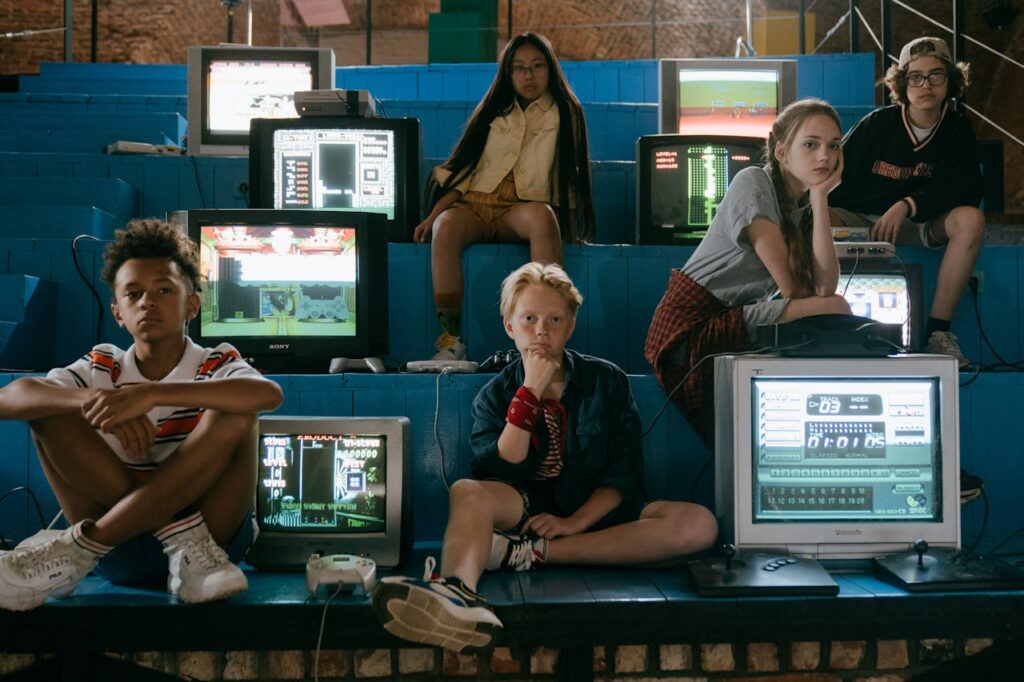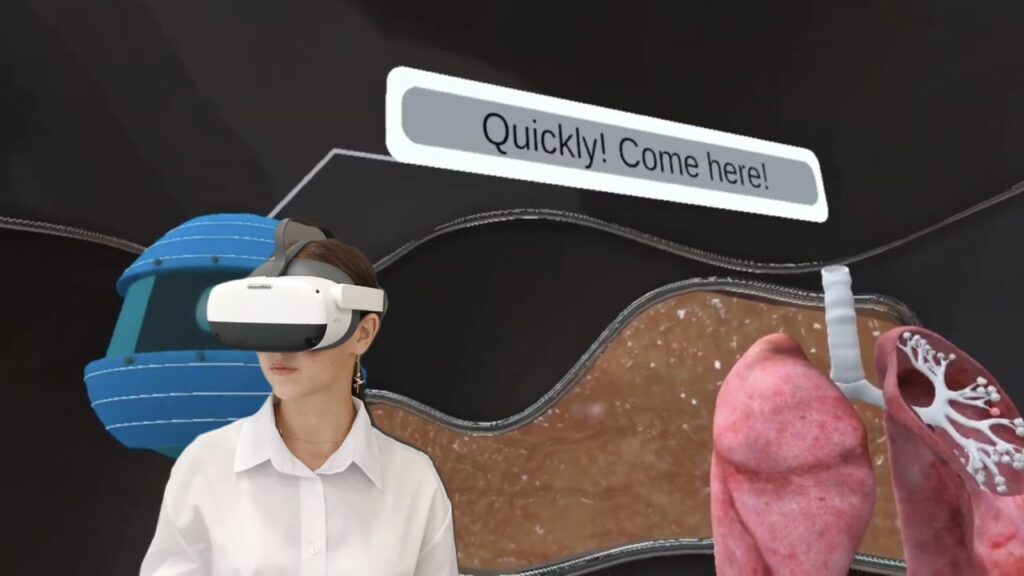

Childhood is a whirlwind of excitement, curiosity, and occasionally overwhelming emotions. As adults, we often try to reason with children during emotional moments, but logic and persuasion don’t always resonate. Play—the universal language of childhood—can be a more effective tool. It redirects a child’s focus to a positive, imaginative state, making strong feelings more manageable.

Children naturally discover the world through play, engaging their senses, creativity, and problem-solving skills. When intense emotions arise, offering a fun or structured activity can lower anxiety levels by releasing dopamine—a neurotransmitter connected to pleasure and motivation. This not only shifts attention away from distress but also fosters healthier coping mechanisms.
Experts note that play activates various brain regions:
By stimulating these areas together, playful experiences guide children toward emotional self-regulation without the rigidity of formal lessons.

Reframing tense or stressful situations with playful strategies can work wonders:
Mini Competitions
Transform challenging tasks (like cleaning up) into friendly races or point-based contests. The competitive element adds excitement and distracts from negative feelings.
Role-Playing Games
For younger children, adopting characters (e.g., doctors, astronauts, or adventurers) reduces stress by placing them in imaginative roles where they have control and a clear mission.
Cooperative Challenges
Encouraging children to solve puzzles or build structures together fosters teamwork. This collaborative process naturally shifts their focus from upset emotions to shared objectives.
Music and Movement
Turning tension into dance-offs or rhythmic clapping engages the child’s body and mind in a positive, energetic way—perfect for relieving frustration.
While playful techniques feel natural for children aged 6–10, middle schoolers and teenagers often view “play” as childish. They’re also balancing a range of interests like socializing, personal hobbies, and digital entertainment. To engage them, educators and parents must innovate.
One approach that seamlessly incorporates game elements—even for complex topics and older students—is virtual reality. By creating immersive learning environments, older learners can explore challenging subjects without feeling patronized. Learn more in our article on Gamifying STEM with VR.

Today’s youth, often called the “Alpha Generation,” are inherently digital. They expect dynamic, interactive content instead of static lectures. According to our research on Generation Alpha, these learners thrive on storytelling, challenge, and immediate feedback.
By offering mission-based learning through simulation, teachers can embed playful elements into serious topics. In a virtual setting, students can adopt roles like scientist-in-a-secret-lab, astronaut studying Mars, or cellular engineer.
Read more:

At XReady Lab, our primary mission is to enrich STEM learning by blending imaginative play and advanced technology. Tools like immersive simulation can captivate students of varying ages, whether they’re exploring science, math, or emotional intelligence. Play and technology both encourage students to experiment, reflect, and build resilience in ways that traditional lectures often cannot.
Play remains one of the most effective methods to help children manage their emotions. Younger children respond to simple, imaginative games, while older ones benefit from more sophisticated digital solutions—like immersive simulations. By embracing playful strategies, parents and educators can alleviate stress, nurture empathy, and foster essential life skills.
Whether you’re teaching fundamental science topics or looking to support emotional well-being, playful approaches offer a universal language. Let’s transform the learning experience and encourage children of all ages to discover, innovate, and thrive.
Interested in seeing how these simulations can transform your classroom? Explore our resources at XReady Lab and learn how playful, tech-driven experiences can make education both emotionally supportive and academically rich.
Frequently Asked
We prodive VR biology, VR physics, and VR chemistry simulations. Please, check our catalog.
Please, fill the form to get demo labs for free.
Please contact our customer support service at support@xreadylab.com or book a call with the team to find out the conditions and book the VR class set up at your school.
Subscription to XReady Lab interactive VR labs. If you are a school, then you are also given access to the VR classroom system. VR class system helps you easily launch VR lessons for a large number of students, follow the experience of each student, as well as customise the content without developers.
We adhere to the world’s generally accepted recommendations and research. Our products are suitable for children from 12 years old.